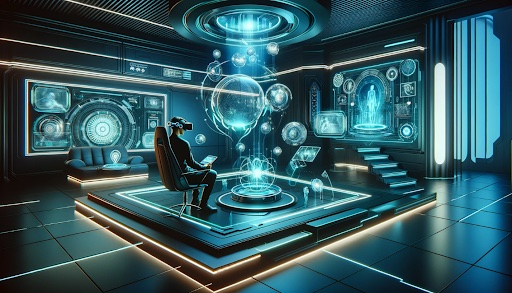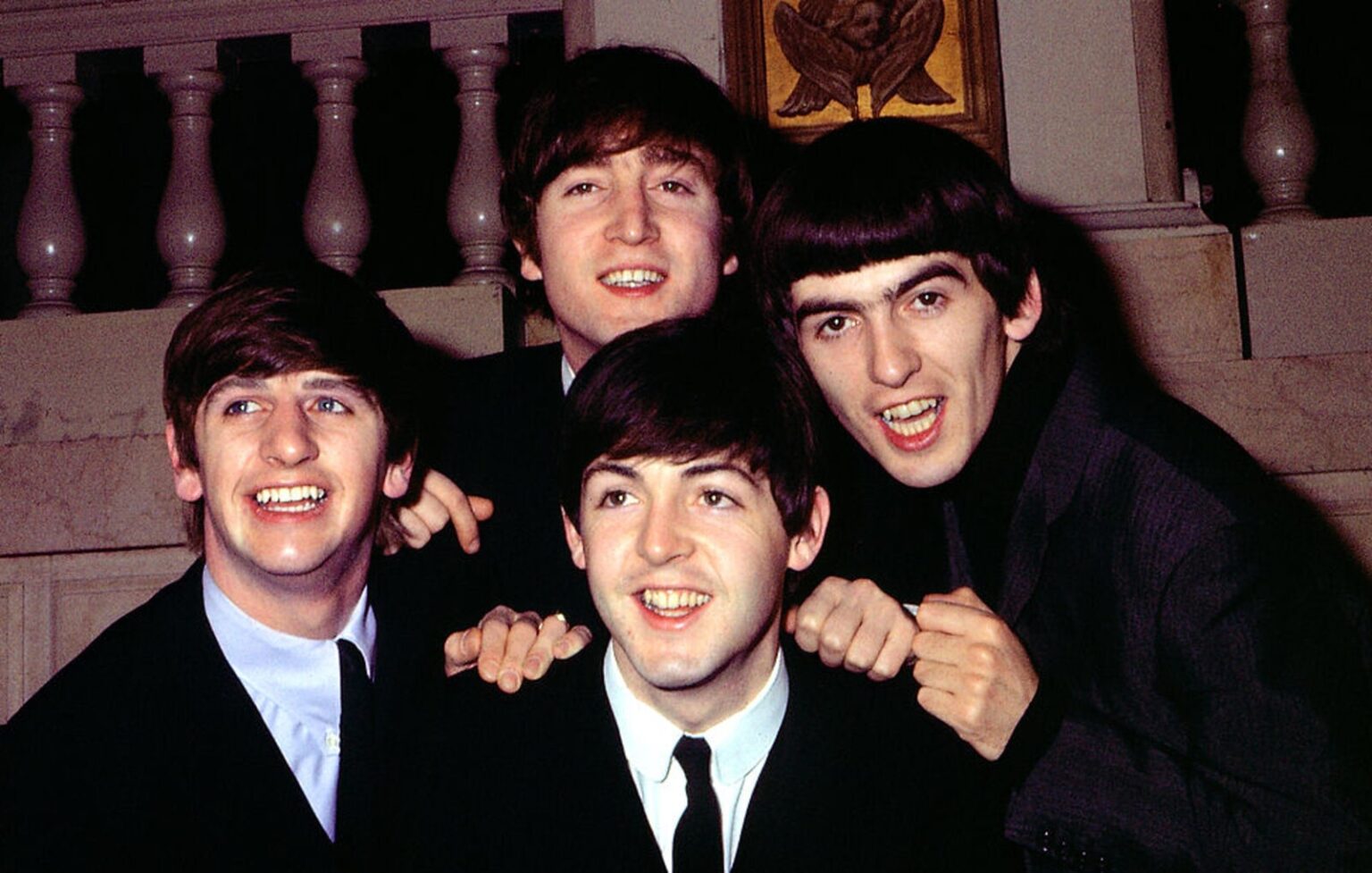
Do The Beatles members actually hate their AI-assisted comeback?
Have you ever imagined a world where the past and present collide, creating a surreal blend of nostalgia and innovation? This is precisely what’s happening in the music video for “Now and Then,” touted as the last Beatles song. But is this technological marvel a fitting tribute or a step too far?
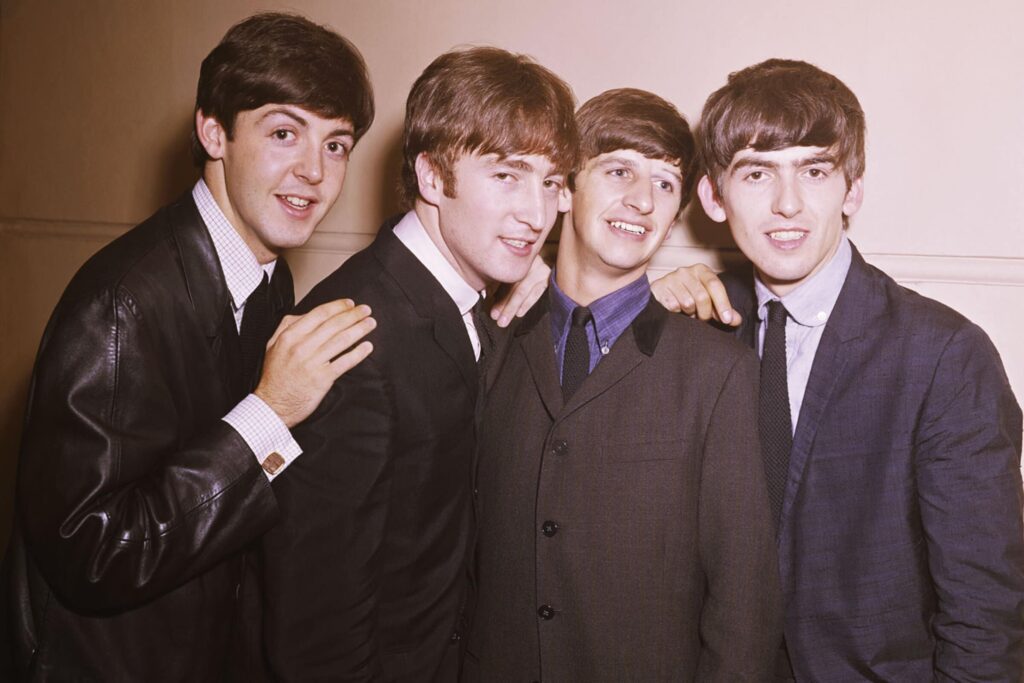
The Beatles Reimagined: A Tech-Driven Nostalgia Trip
The video, directed by Peter Jackson, is more than a walk down memory lane. It’s a bold attempt to erase the boundaries of time. We see Paul McCartney and Ringo Starr, now in their eighties, seamlessly integrated with archival footage of John Lennon and George Harrison. This isn’t just a reunion; it’s a resurrection.
Jackson, leveraging technology he developed for Get Back, isolates Lennon’s vocals from a nearly fifty-year-old recording, bringing an ethereal quality to the song. However, the song itself, while a treat for Beatles aficionados, might not stand out in their legendary discography.
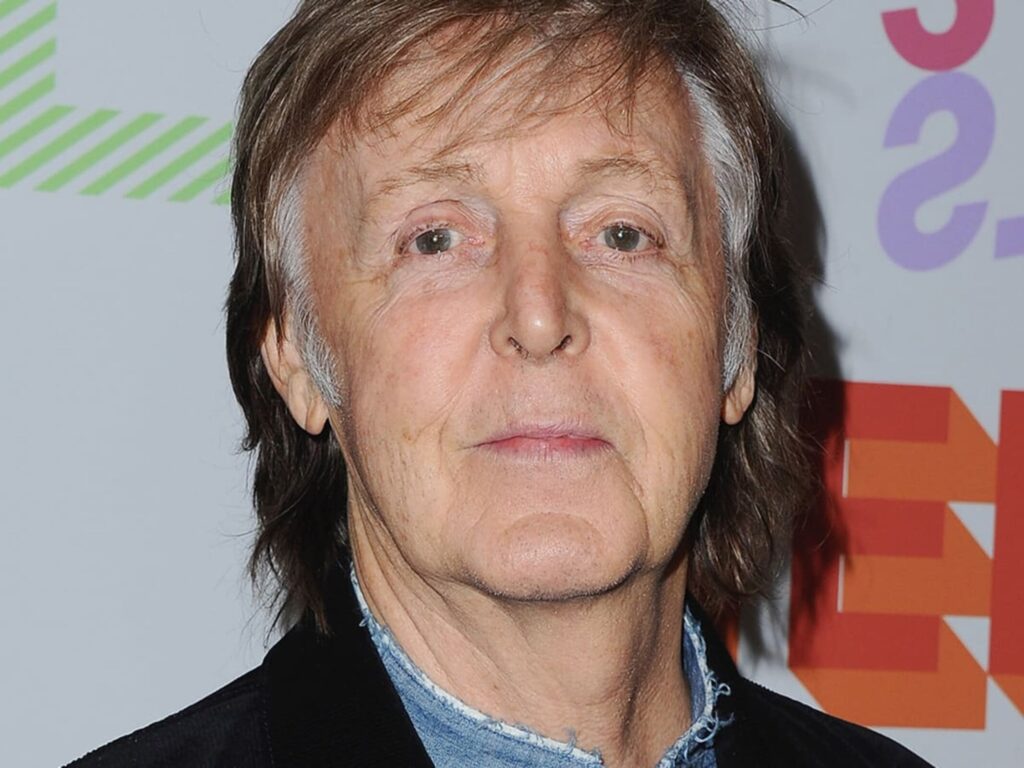
Peter Jackson’s Technological Tango
Jackson’s journey with technology has been a rollercoaster. Post-The Lord of the Rings, his films, like The Hobbit trilogy, have often felt like experiments in new technology rather than storytelling. While Get Back showcased his ability to breathe new life into old recordings, “Now and Then” feels more akin to his 2018 documentary They Shall Not Grow Old.
In both, Jackson pushes the boundaries of digital restoration, but at what cost? Does this technological wizardry enhance our connection to the past, or does it create an uncanny valley that distances us from it?
The Beatles were pioneers in experimenting with recording techniques, and the documentary accompanying “Now and Then” suggests they would have embraced AI technology.
But there’s a difference between speculation and actuality. In the video, we see a digitally recreated Lennon conducting an orchestra, a move that seems to endorse the project. But this raises a crucial question: can we, or should we, assume consent from those who are no longer here to give it?
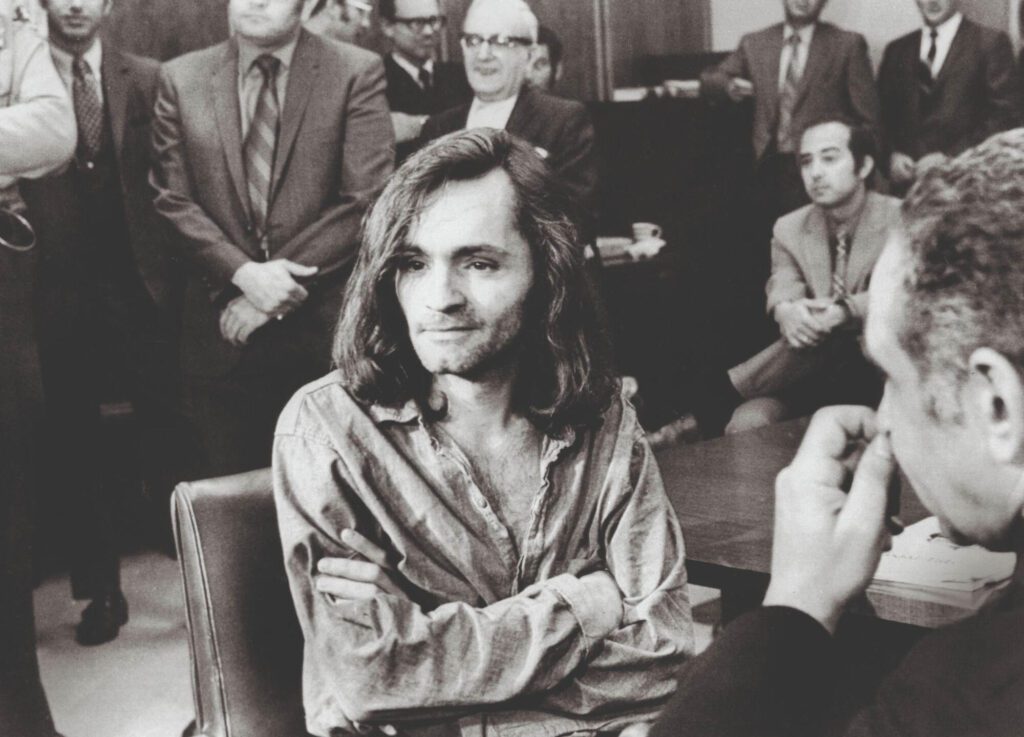
Artificial Intelligence in Art: A Double-Edged Sword
The use of AI in art is not new. We’ve seen it in episodes of Black Mirror, where technology brings a semblance of life to the deceased. But these narratives often highlight a critical flaw: no matter how sophisticated the AI, it can never fully replicate the spontaneity and creativity of the human mind.
The Lennon in “Now and Then” can’t disagree, suggest, or innovate. He’s a digital puppet, an echo of a person, not the person himself.
This venture into digital resurrection by Jackson and the Beatles’ team is undoubtedly groundbreaking. It’s a testament to the enduring impact of the Beatles and the ever-evolving landscape of technology in music. But it also opens a Pandora’s box of ethical questions. Are we honoring the legacy of artists by keeping their work alive in this manner, or are we exploiting their memory for the sake of novelty?
As we marvel at the technological feats achieved in “Now and Then,” we must also ponder the implications of such advancements. The Beatles, ever the innovators, might have dabbled in these technologies, but would they have endorsed this level of posthumous participation? As we step into an era where the lines between the past and the present blur, we must ask ourselves: How far is too far in keeping a legacy alive?






